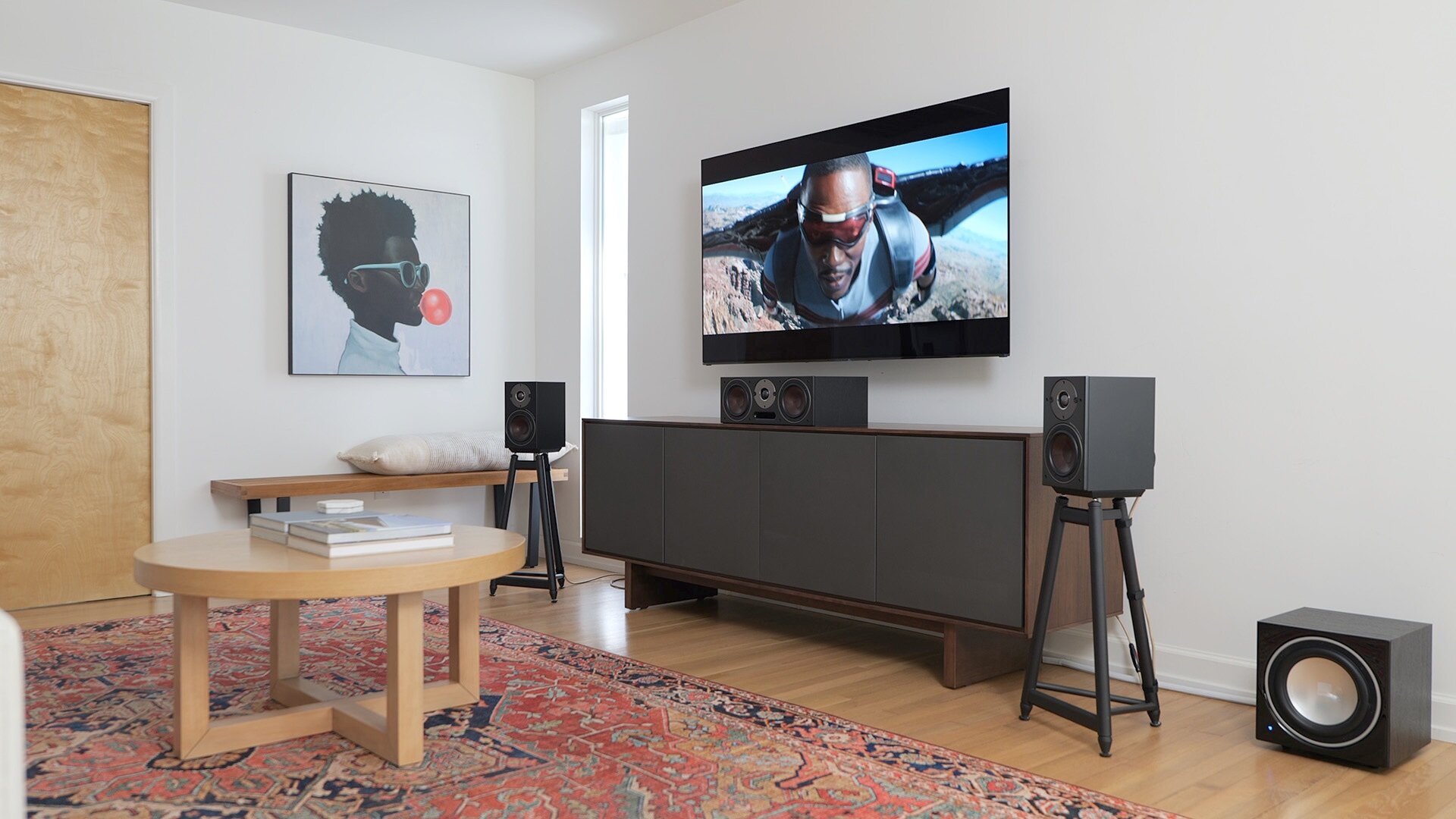SONY Master Series Review - SONY A90J OLED TV - Is it worth it?
Reviewing the Sony A90J OLED TV, the latest in Sony’s Master Series of televisions.
SONY Master Series Review - SONY A90J OLED TV - Is it worth it?
Let’s not beat around the bush, if you’re going to make a product and call it MASTER it better be pretty darn perfect. Charge a pretty penny for that distinction, then you best believe I’m going to to expect nothing less than perfection.
Sony’s A90J MASTER Series is their top-of-the-line OLED offering with a price tag to match. We normally don’t make a big deal about price on this channel as price is relative to the individual, but the MASTER Series starts at just under three grand for a 55 inch display. Want a 65 inch model like what we’re showing here? Four grand. That’s a lot of change given OLED displays have dropped quite a bit in price in recent months. But I don’t mind this as long as the picture and experience is worthy of it.
The A90J is a native 4K display. It has a brand new processor, Sony calls its Cognitive Processor XR. This processor does more than just adaptive or intelligent scaling, it uses a type of AI to identify different elements in the picture simultaneously and enhance them -according to Sony- in a way similar to how our brains work. So rather than just enhance say contrast or boost colors on a global level, Sony’s processing can literally discern who or what is the focal point in any given scene and apply a measure of enhancement accordingly.
SONY A90J Review OLED Master Series TV with Dali Oberon speakers
Like all current Sony displays, the A90J relies on the Google TV operating system making it compatible with Google Assistant, as well as other smart features like Alexa and even Apple AirPlay and HomeKit. The Sony features HDMI 2.1 connectivity, that along with its120Hz refresh rate is bound to please gamers looking for the ultimate 4K/120 experience. Gamers also get auto low latency when in the game profile as well as variable refresh rate in a future firmware update.
The A90J is an HDR display, compatible with HDR10, HLG and Dolby Vision and thanks to its ARC and eARC functionality has support for Dolby Atmos as well as DTS Surround Sound. Throw in Sony’s Acoustic Surface Audio+, whereby the entirety of the A90J’s screen basically acts like a speaker and you can begin to see why Sony is so hot on the A90J. Yes, this means that you can use this TV as a dedicated center channel when connected to an AV receiver. Welcome to the future.
MEASURING THE SONY A90J
While it’s commonplace now for an LED backlit display to hit 1000 or more Nits the same can’t be said of all OLED. While Sony doesn’t share their official numbers as it relates to the A90J’s total brightness, I can say beyond a shadow of a doubt, that measuring the Sony A90J, straight out of the box the Sony is the brightest OLED I’ve ever seen.
The A90J ships in its Standard picture profile, which is somewhat a relief as Sony could’ve easily chosen Vivid, which is the brightest profile by a country mile and where I measured over 800 Nits without any adjustments. Now I know some other reviewers have managed to eek out readings nearing or even surpassing 1,000 Nits, but these figures reflect extreme conditions whereby they’re pushing the display to its max.
Not surprisingly, the Vivid profile isn’t what I would call accurate in terms of its grey scale and color. The grey scale Delta E or margin of error in Vivid was 15 whereas color was 8.2. The Standard profile didn’t fare much better in terms of accuracy but brightness was close at around 700 nits. Prior to calibration, Cinema and Custom are the two most accurate profiles. While they did not meet the criteria of calibrated from the factory, both had virtually the same margin of error in their grayscale and color; 4 for grey scale and a little over 3 for color which is pretty darn close. Keep in mind we’re shooting for an out of the box Delta E of less than 3 if we can get it.
The biggest issue with the Sony prior to calibration is its noticeable blue shift in both grayscale and color. What’s more interesting is as you move off-axis with this display, the blue shift becomes even more noticeable. When we reached out for comment, Sony stated that, “Any OLED panel will exhibit hue changes when seen off axis.” While this is true, I will state that without any calibration, the A90J does seem to be among the worst I’ve seen in this regard. Fortunately after calibration, the blue shift appears largely fixed and the off-axis color shift becomes a non-issue.
Speaking of calibration, using the calibration software, CalMan, I was able to achieve results befitting the MASTER name. Post calibration and with adjustments made to the Custom profile, I achieved a Delta E of less than 1 for both grayscale and color which is as close to perfect as I’ve ever seen.
Sony A90J TV uses Google TV operating system
Want to know more about this TV’s performance POST CALIBRATION? Watch the full review here!
TESTING THE A90J TV
CALIBRATION
POWER & ACCESSORIES
SPEAKERS
OTHER
MOVIES - GAMING - MUSIC
Falcon Winter Soldier: Disney+
Zach Snyder’s Justice League: HBOMax
Wanda Vision: Disney+


